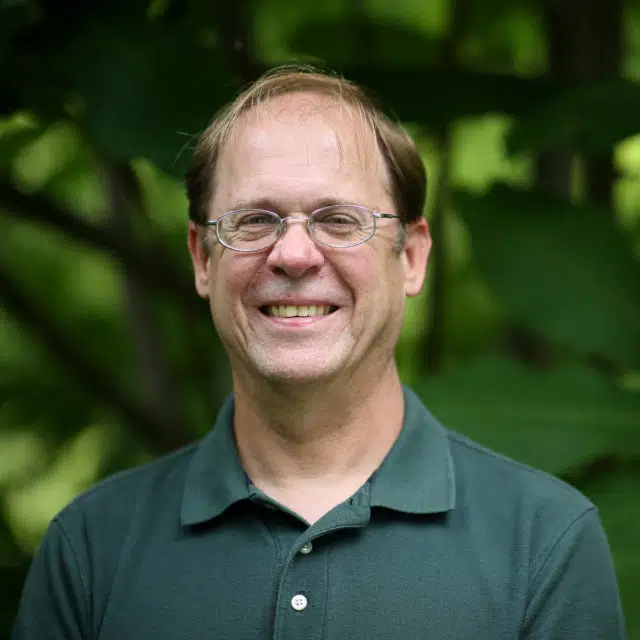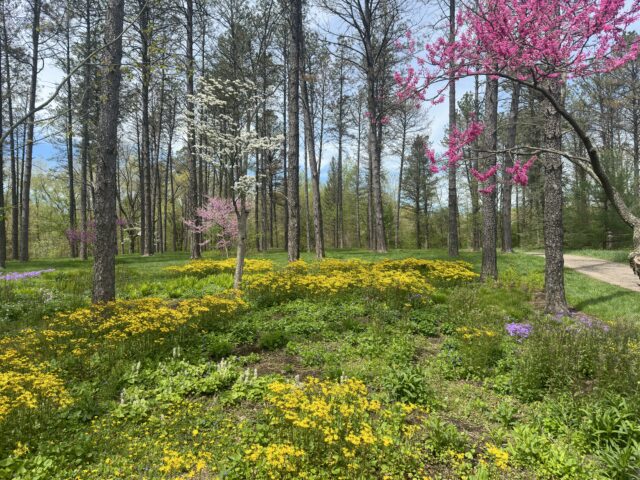
Invasive species. The term brings to mind organisms that have been moved around by people, either accidentally or for a purpose, that are now causing problems. For example, here in Ohio we are plagued by invasive plants like garlic mustard, which was introduced by European settlers, that outcompetes native plants and is costly to remove. But in some occasions native plants become invasive and expand their ranges and replace other native species. One such plant is eastern red cedar (Juniperus virginiana), which is expanding its range westward into remnant grasslands as well as expanding into new niches within its historic range. The range expansion of native plants does beg the question, does it matter? Does the replacement of one native with another native harm the ecosystem?
Our case of the slow invasion of red cedar (unaffectionately called the green glacier) is causing concern since it is expanding into historic grasslands, many of which have already been converted to agriculture or urban areas. Replacement by red cedar in these areas may cause endemic species to become endangered or go extinct. To better understand why this native plant is becoming invasive the ecology and physiology of red cedar needs to be examined more closely.
We at Holden are working with researchers at Kent State, Denison, and Ohio State to investigate the range expansion of red cedar. Our group is interested in how fire, seed dispersal, drought and frost tolerance all affect the expansion of red cedar. Holden researchers, Dr. Juliana Medieros and Dr. Randy Long, are testing how different populations of red cedar respond to drought and frost, testing the hypothesis that populations at the range edge are more tolerant to these stressors. We have collected plants from across the eastern United States and will be growing them at the David Leach research station. The plants will be exposed to different levels of drought during the summer, and then we will see how they respond to frost in the fall. Today we are planting our four different populations to start the experiment, be sure to follow along as we try to figure out why red cedar is expanding it’s range!

David J. Burke, PhD
Vice President for Science and Conservation
Dr. David Burke is the Vice President for Science and Conservation at Holden Forests & Gardens, and the principal investigator of Holden’s soil ecology lab. Dr. Burke is a leader in the study of beech leaf disease, a new forest pathogen sweeping across North America from its epicenter in northeastern Ohio. His work has helped identify the means of the disease’s spread, and his continuing work aims to reveal the mechanisms of the disease as well as a path to breeding trees resistant to the trees. Although he’s recently served as a forest pathologist out of need, Dr. Burke is a soil ecologist at heart, primarily interested in the interactions between plants and the microorganisms that live in the soil like the mycorrhizal fungi that form mutually beneficial relationships with plants. These mycorrhizal fungi may be key to the health of many natural communities, so a better understanding of their diversity, how they interact with plants and other soil microbes, and how this in turn affects ecosystem health is necessary for the future sound management of natural systems.











